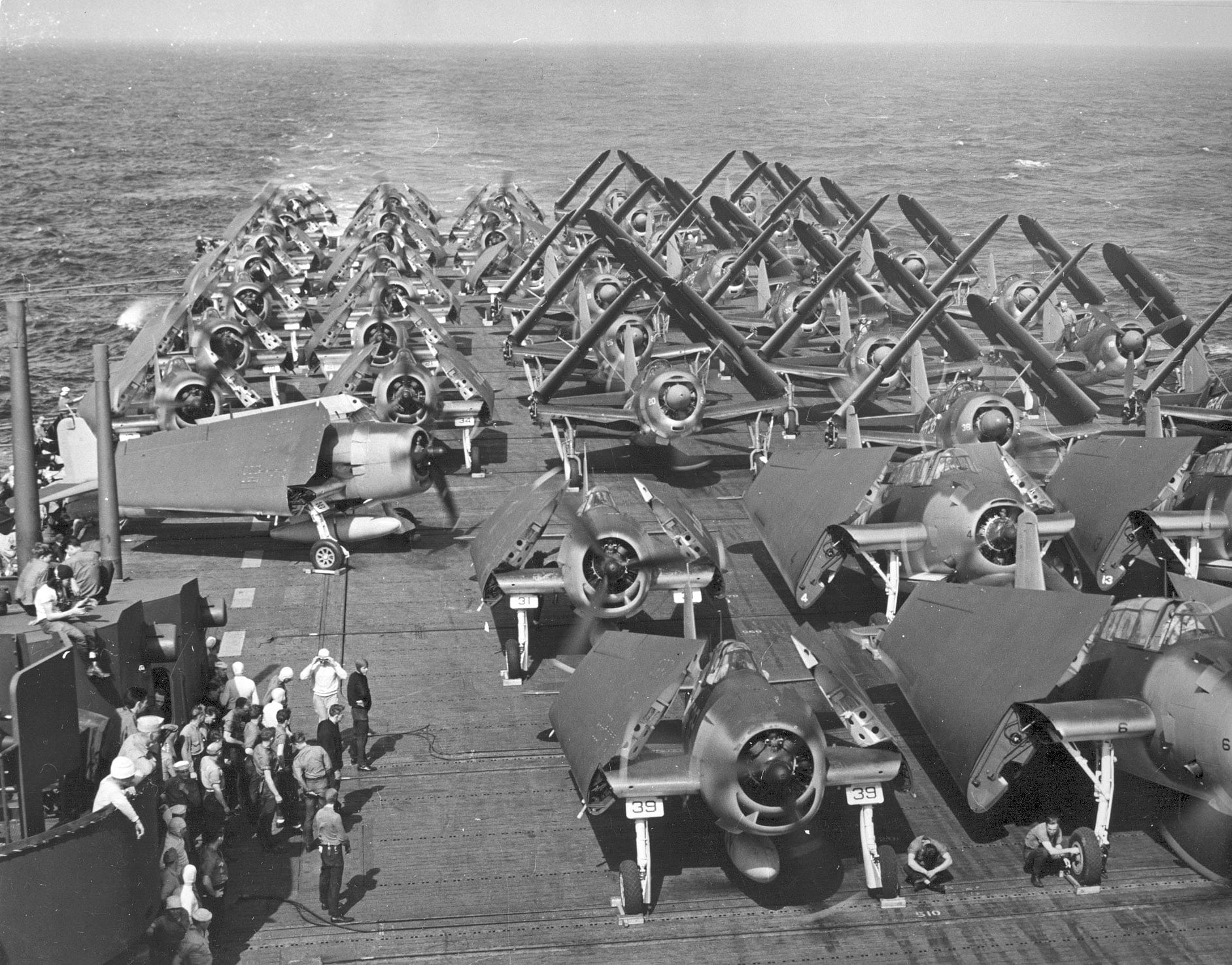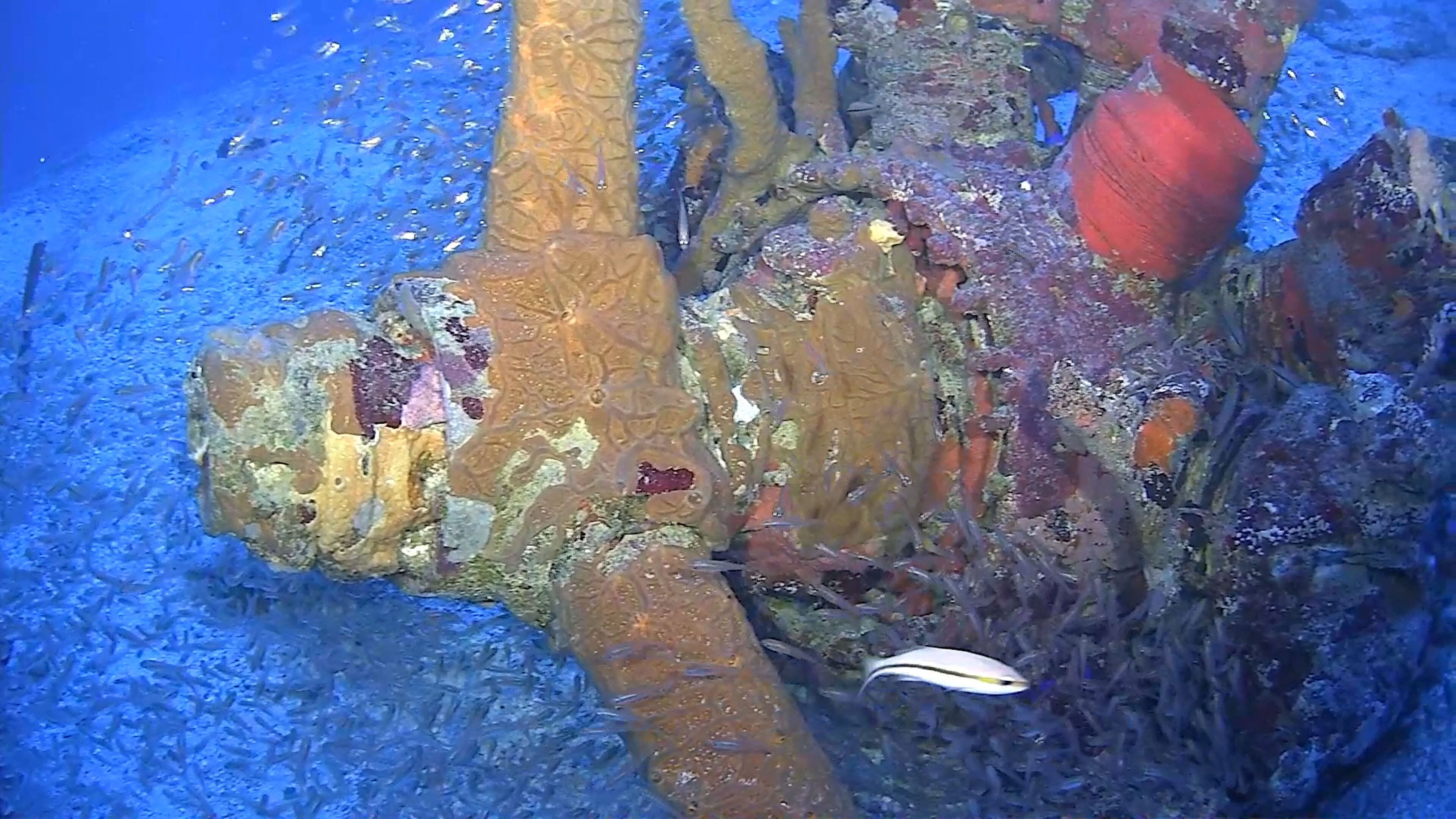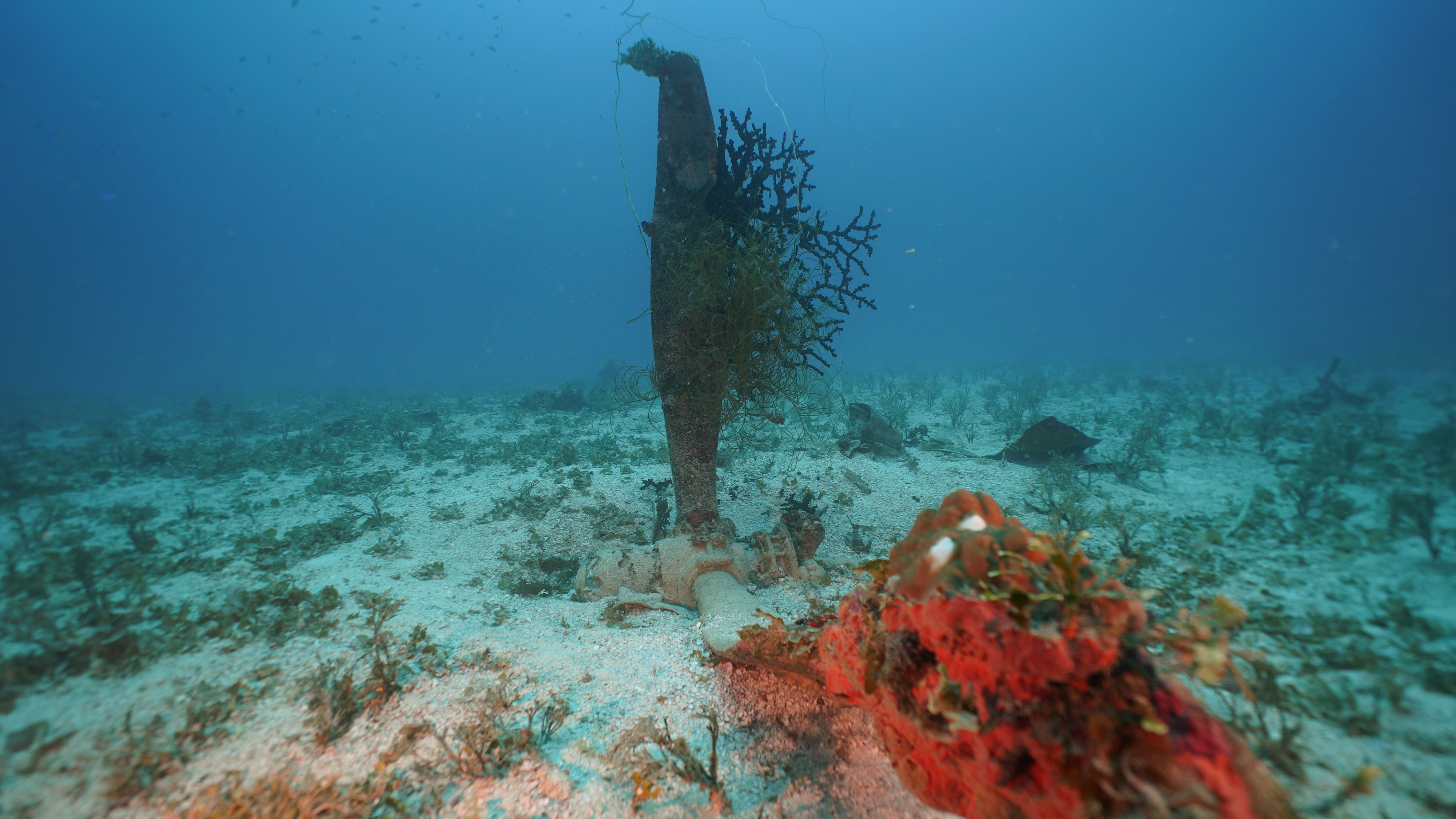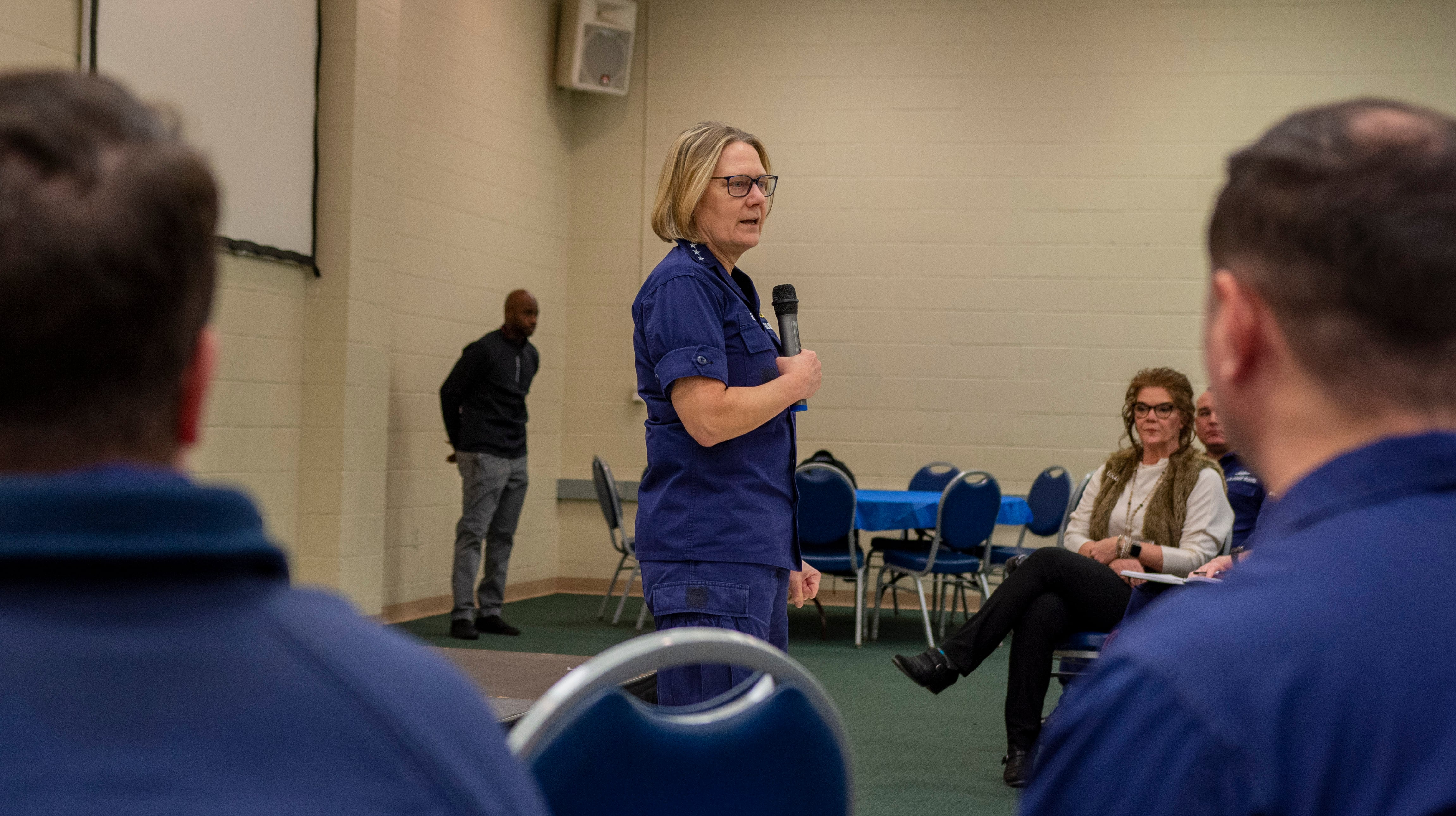In February 1944, the U.S. military launched Operation Hailstone, a massive military assault on Japanese fortified positions in the Pacific. On Monday — 76 years later — researchers announced the discovery of three U.S. aircraft remains associated with seven service members missing in action.
Project Recover identified the wrecks of two SBD-5 Dauntless dive bombers and one TBM/F-1 Avenger torpedo bomber in Truk Lagoon, now known as Chuuk State in the Federated States of Micronesia.

The nonprofit, which works to locate and repatriate Americans missing in action, located the three planes that launched from the carriers USS Enterprise and USS Intrepid to strafe Japanese-held islands during the two-day air assault.
Over four expeditions, researchers with Project Recover scanned the ocean floor with advanced sonar surveys and high-resolution imaging devices. The organization used underwater autonomous vehicles tethered to surface vessels and human divers to “interrogate” the sites — survey them for verification and identification of the remains.

“[These vehicles are] able to look at large areas in fine resolution. When these aircraft crash into the water, they don’t look like aircraft anymore,” said Mark Moline, Ph.D., principal investigator and co-founder of Project Recover. “Most of them are piles of metal that don’t rise very far off the bottom [of the ocean]. The exception is the propeller, usually sticking out.”
Dr. Moline is also the director of the School of Marine Science and Policy at the University of Delaware, one of Project Recover’s partner organizations. The Scripps Institution of Oceanography at the University of California, San Diego is also a partner.
The site of the bombardments, Truk Lagoon, may contain as many as 33 aircraft that carried nearly 100 service members still missing in action, according to lead historian, Colin Colbourn, Ph.D.
The lagoon has become a “high priority” location for recovery and identification efforts due to the its “contained environment,” which is relatively small compared to the surrounding ocean area with “depths that are scuba-diving depths” for recovery, Colbourn said.
Once a wreckage is identified, researchers look for the smallest details to narrow down the selection of potential downed aircraft — and thus missing crew members.
“We will stare at these images all day long and the wreckage that we find in order to be able to identify these airplanes based on very small pieces and parts,” Colbourn said. “And for these particular aircraft, we got really fortunate that within this lagoon, there are only two SBDs that were missing with MIAs in the exact area that we located them.”
Add to the deteriorating wrecks is the presence of hundreds of Japanese aircraft in the same area, which Moline said have also been periodically identified.
But for Moline and Colbourn, these dives aren’t simply exercises in oceanography or archaeology; they’re recovery operations.
The proper identification of aircraft, and thus their crew members, is critical to Project Recover’s mission.
“Even though we are focused on finding aircraft, the aircraft really aren’t our interest,” said Moline. “We are only doing this to return and identify MIAs. That’s really our core mission. The main headline is bringing our guys home.”

The located remains are transferred to the federal government’s Defense POW/MIA Accounting Agency (DPAA), which formally identifies the service members, notifies living relatives and repatriates the remains for proper burial.
“These were guys from towns across the United States. There was so much hurt after the war with 72,000 missing in action,” said Colbourn. “Part of what we are doing…is to at least bring a little closure.”
“The loss appears to be multi-generational. You have teenagers going to these funerals, and initially, they have no interest in being there,” said Moline. “By the end of the events, these kids are taken — they understand the sacrifice. The entire family doesn’t realize what they are going to feel when a loved one comes home.”
The discovery of these three aircraft bring Project Recover’s total to 28 aircraft with 13 repatriated remains; however, their work is not over.
The organization will continue its Expedition Chuuk to identify the remaining wrecks in Micronesia, and the nonprofit plans to begin additional explorations in Southeast Asia, the Pacific and the Middle East.
“There’s a lot of questions now about what patriotism is,” added Colbourn. “When you see the whole town come out to honor this person [and] what they’ve done for their country: that, for me, is the truest form of patriotism.”
Dylan Gresik is a reporting intern for Military Times through Northwestern University's Journalism Residency program.





